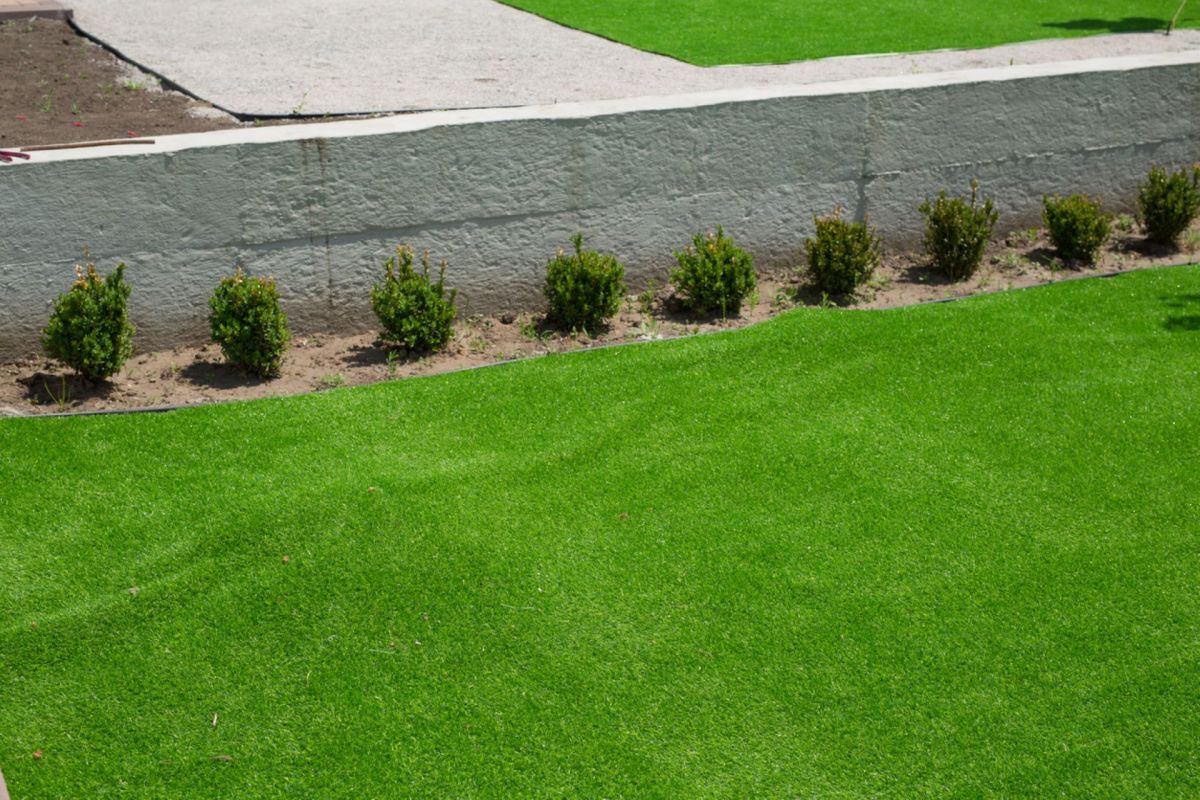Trends, like those in fashion and pop culture, come and go. But one particular trend in Australia is sparking legitimate concerns and public comment from environmental groups.
What happened?
Artificial grass installation has reached new heights in the country. The Guardian reports that in New South Wales (NSW), there has been a sixfold increase in the number of artificial turfs installed within the last five years alone.
The material, which is often made of polypropylene fibers from tires and plastics, has started to show up in waterways and ecosystems in the region.
Total Environment Centre and its Australian Microplastics Assessment Project research results promoted the recommendation to halt the installation of new turf fields in NSW until proper remediation has occurred.
Why is it important?
The residual environmental impacts of the turf grass is nothing short of problematic. Results from the preliminary stormwater testing revealed 70,000 particles of rubber crumb and more than 50,000 particles of synthetic grass in a single trap. Researchers note that there is no way to contain this plastic runoff from the turf.
Plus, when the turf is exposed to sunlight, the plastic breaks down and releases toxic chemicals and heavy metals into the ecosystem. "During rain events, [particles] are washed off and they get into environments where they can make aquatic ecosystems sick," said Dr. Shima Ziajahromi from the Griffith University's Australian Rivers Institute.
The release of these toxic chemicals has also had negative impacts on human health. The turf was linked to instances of brain cancer among baseball players. The turf also has to be watered to reduce the risk of burns from sliding on it.
What's being done about it?
The European Union and several countries have moved to ban the use of crumb rubber in the construction of artificial turf, The Guardian reports. In the United States, California has made an effort to ban artificial turf containing "forever chemicals" like PFAs.
"We find it ridiculous that the government is still placing funds of money on a plastic surface material that clearly pollutes, as indicated by the [NSW] chief scientist's report," said Garnet Brownbill, spokesperson for the Natural Turf Alliance. "Synthetic turf should be the last resort, not the first choice."
Join our free newsletter for easy tips to save more, waste less, and help yourself while helping the planet.









